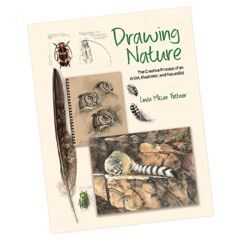GNSI Conference Planning
It all starts with an urge to give your GNSI friends a place to gather. Then you remember all the cool things you could show them. Then you remember the connections you have to your local institutions and suddenly you think “my friends and I could do this!”
Fortunately, the Guild has developed a sophisticated set of tools to help you plan and organize talks, workshops and field trips, along with the celebration of the Guild family gathering each year.
With the rise of the internet and a plethora of online organizing tools, the Guild has found it is possible to spread the organizing work to members across the country, and now – even around the world!
It is possible to anchor the organizing of a conference with just two or three individuals based near the host city. The conference chairperson does not have to be in the host location, but a few trusted members should be local and ready to track down information and meet with local resource providers. Without the footwork and local contacts of a few individuals, the conference would not be the unique event we all love so much. But once these local members know this is an event that truly deserves a home near them, they can tap into an organizational template, which includes a larger network ready to bring the forces of many more experienced volunteers to help develop a plan and then put that plan into motion.
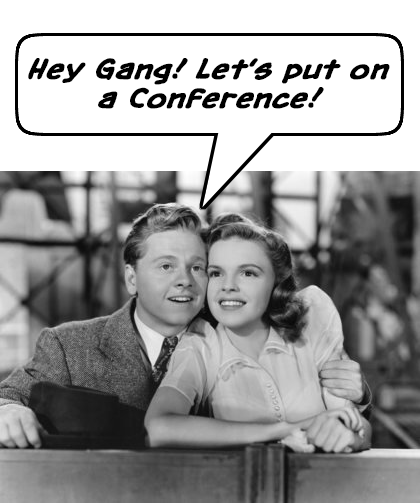
If you have connections with an institution of higher learning or research, the opportunities to tap into the planning and resources of that community often make for a great combination – local facilities and GNSI volunteer muscle. But make no mistake, the commitment is real and will last for a year and a half of networking and organizing activities that gradually increase in tempo as the conference approaches.
First actions: Two years ahead of the meeting, submit a proposal to the GNSI Conference Oversight Committee (COC). To do this you can ask for examples of past proposals. Identify a host facility, housing and food facilities, and an exhibit facility. Brainstorm field trip opportunities; identify any local resources that might possibly be brought in for keynote speeches, demonstrations and/or lectures. Now attach some gathered preliminary pricing to those items and you are ready to submit! The items that need the most lead time to lock down are an exhibit space and potential sponsorship providers. These are the first order of business once your proposal is accepted.
Members of the GNSI COC can provide guidance in putting together a proposal; you do not need to bring it to them cold. They will help you streamline your efforts to waste as little time as possible. The COC will evaluate proposals based on the attractiveness of the location (a combination of ease of access, affordability, local features). The costs associated with a conference are always a major concern for attendees and require careful attention and are often the most difficult aspect to work and rework to find affordable solutions, once a hosting commitment is made. Ideally, a hosting commitment between the COC and the Conference committee will happen at least one and a half years before the conference date.
The fun begins with assembling your teams to oversee the various aspects of your conference! The COC provides a structure for you to follow while allowing you to implement it in a way that fits the local situation. While you will need to provide local information and guidance, the COC will help you form a team to broadcast the call for participation and volunteers. Within a year you will be set up, venues in place, a call for speakers will be out, and a website structure in place ready to fill with content. Now things are getting exciting!
Presentation proposals will role in, keynote speakers will be selected, an exhibit call goes out, checklists of actions are reviewed and approved as the home stretch comes into sight. With all the processes in motion, more local volunteers to help run activities onsite will be a great benefit, but flexibility is key to success, and the COC is ready to provide ideas and resources to help you make it over the finish line. In the last six months of this two year adventure, plans are adjusted to fit the realities on the ground and service contracts are signed.
Three months and counting: exhibit entries are judged, registration is opened; the excitement builds.
One month to go: registration closes and you have your final working numbers. Reports are made and final numbers are transmitted to vendors, committees are double-checking their activities and resource commitments. After conference parties are planned ;)
Zero day: All the attendees and presenters appear with excited faces and talent to share. Your committee members are hard at work helping everyone be where they need to be, and the resources are on-site and in place. It is a week-long commitment to make sure every committee person is on task and there are as few surprises as possible. For committee members, the days are busy and the time to relax is in the evening as members gather informally for after event socializing.
After the last attendee has thanked you for a wonderful opportunity to experience the community of science illustrators for one week a year, and all the infrastructure has been closed down, there is still more to do, but at a more leisurely pace. All the bills and other monetary duties must be identified and organized with the Conference Treasurer. Money is dispersed, thank you notes are written, and the exhibit taken down. This process can take two or three months.
At long last, it is time for a good long rest, unless you are like many of the committee volunteers who have now gained a wealth of experience and now handle the process very efficiently. They get psyched about helping their GNSI colleges meet again next year, and lend a helping hand with the next conference’s needs to make the magic happen all over again!
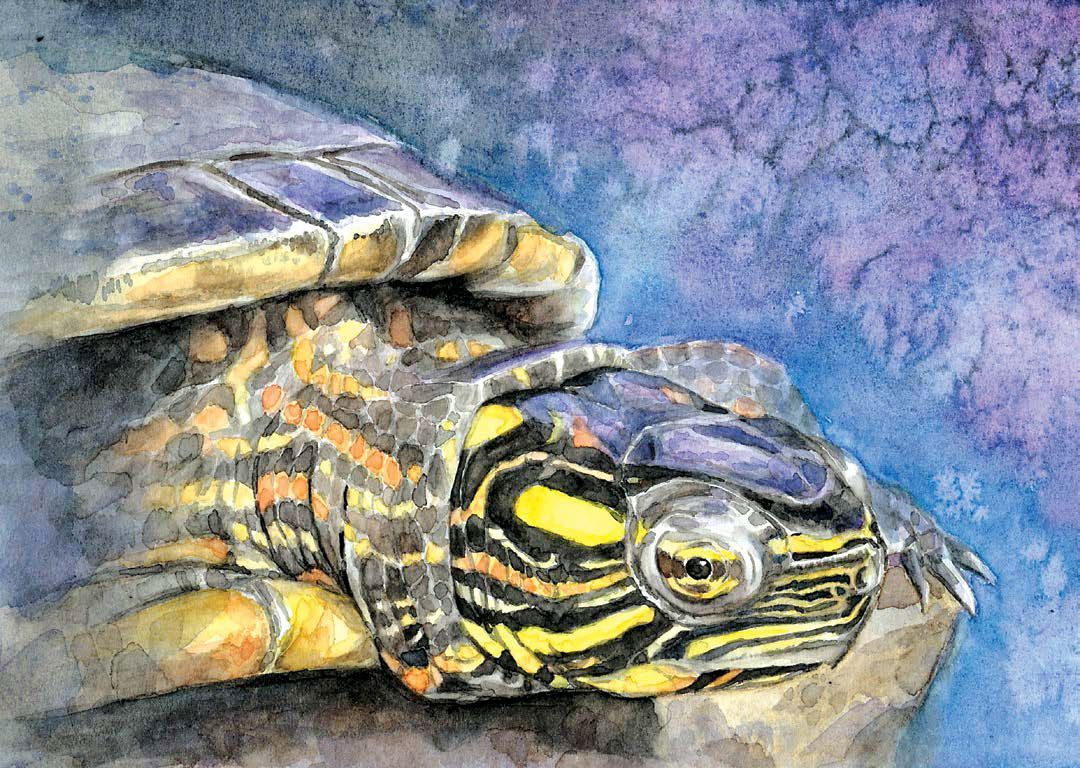
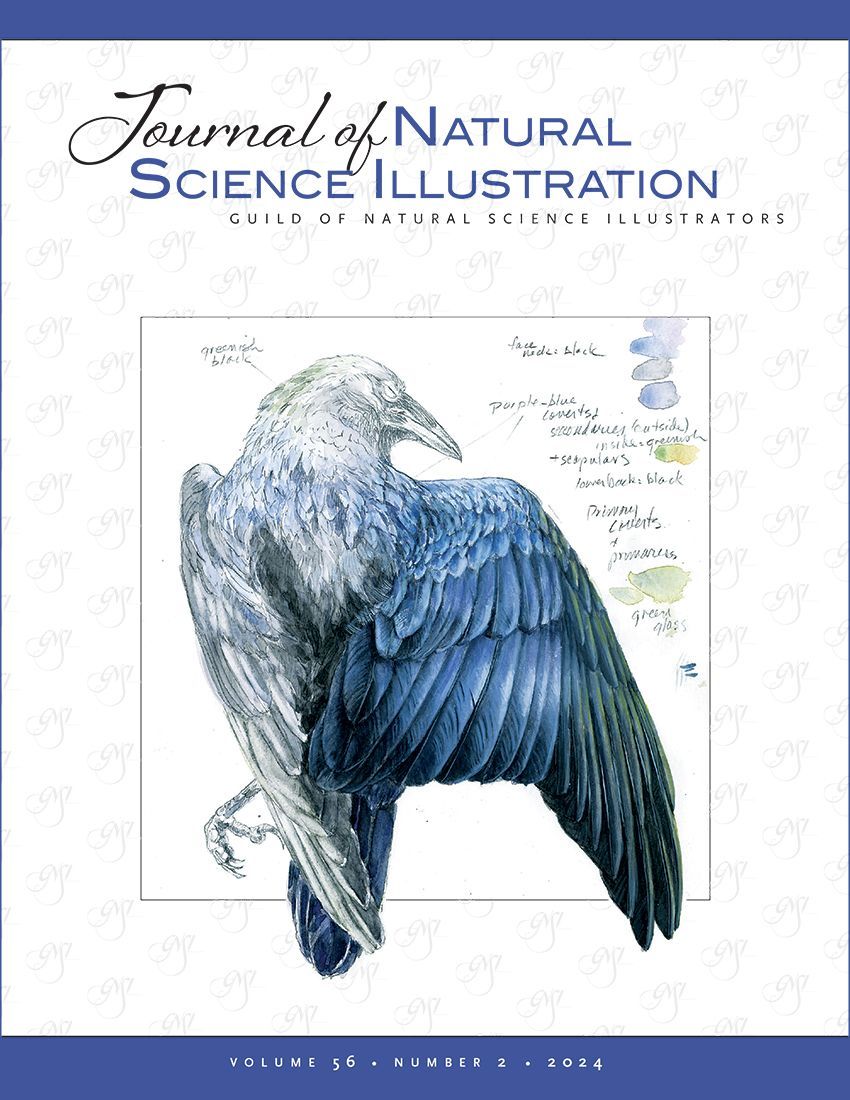
All Content © 2025 | Guild of Natural Science Illustrators
℅ Gilbert & Wolfand, PC
2201 Wisconsin Avenue NW, Suite 320
Washington, DC 20007
Privacy Policy | Image Use Policy
Website powered by Neon One
